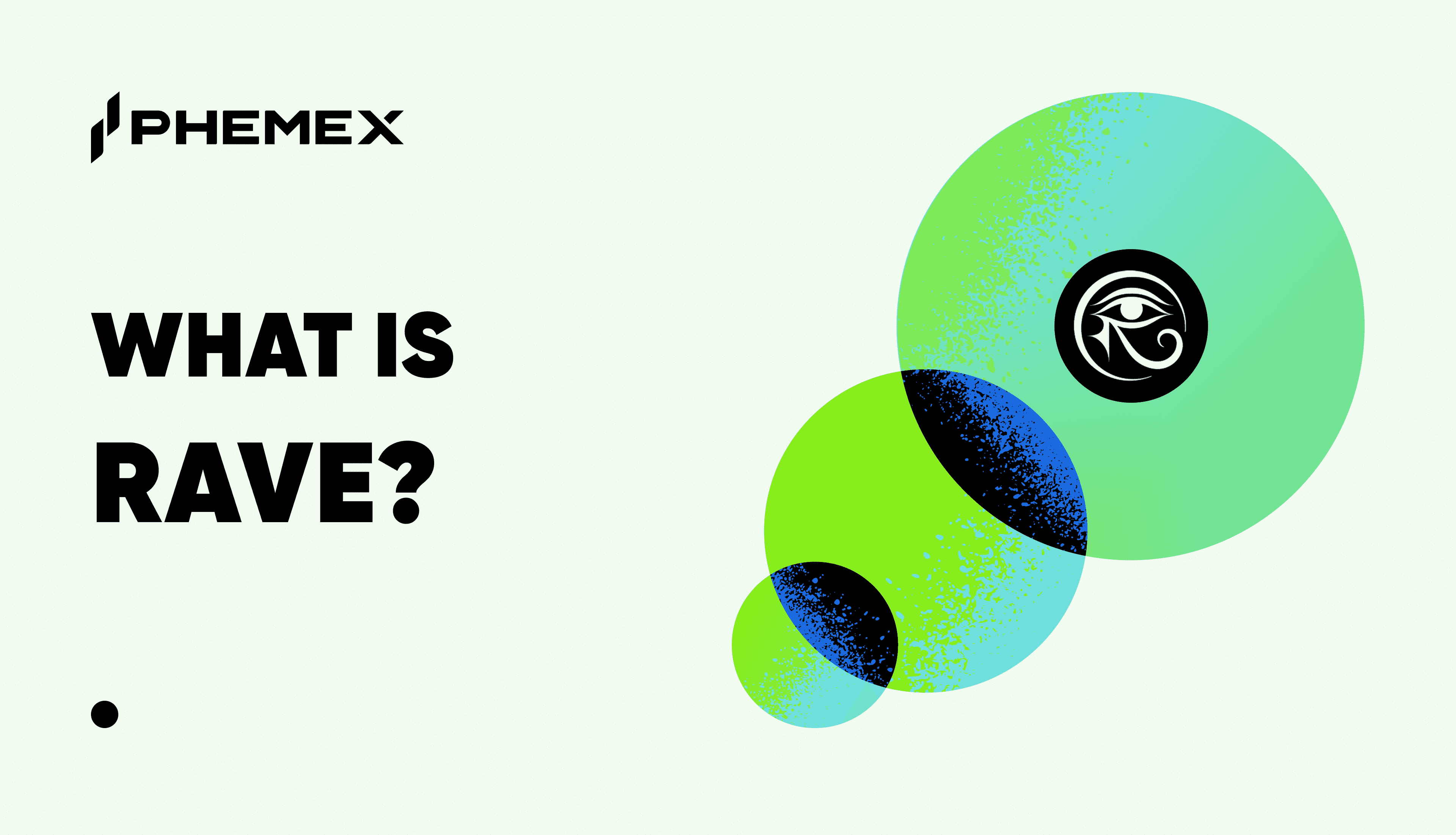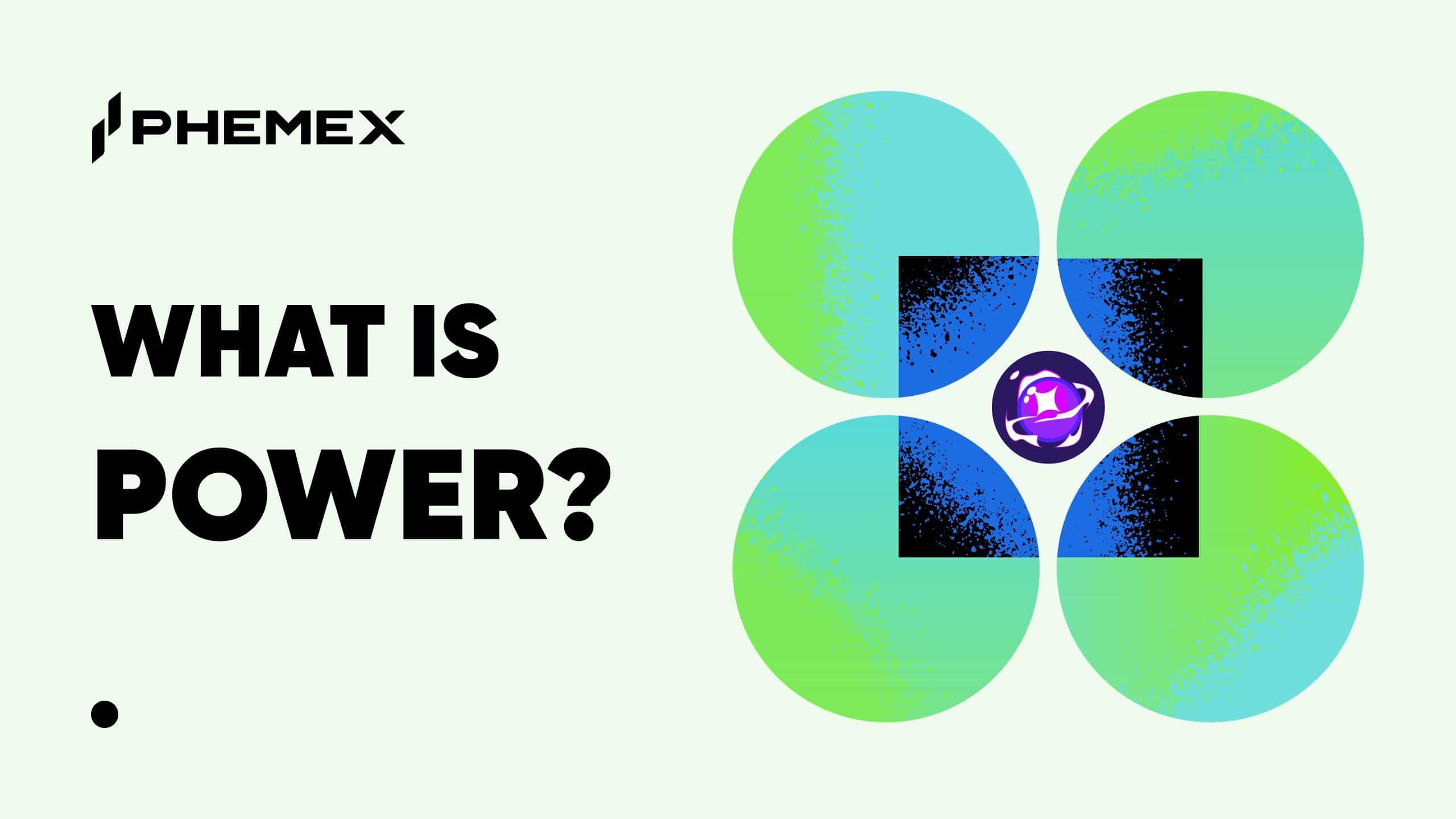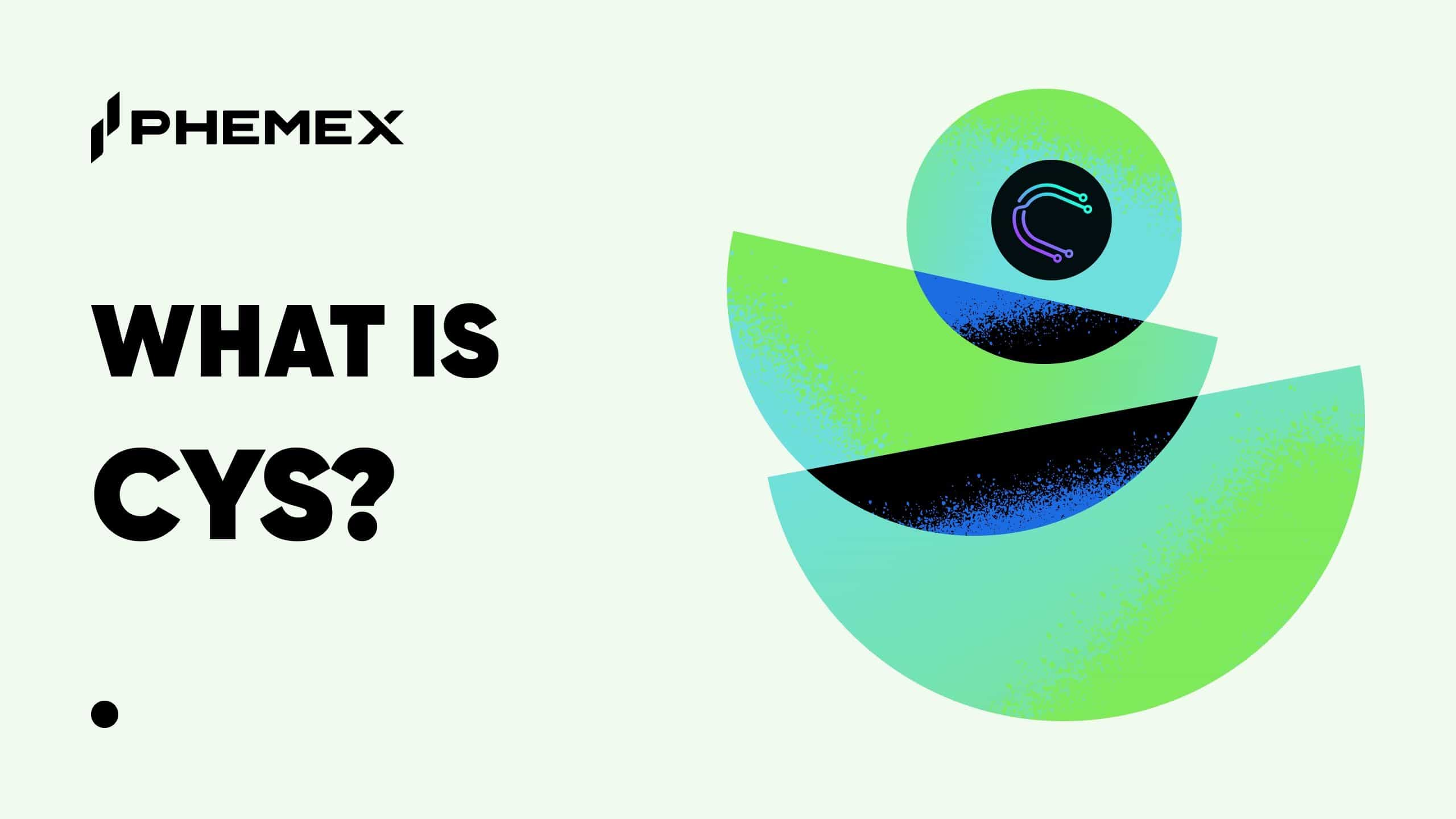Summary
- Biconomy is a cross-chain relayer infrastructure and transaction network that aims to help DApp users avoid blockchain complexities such as paying gas and changing networks each time they want to perform a transaction or value transfer.
- It achieves this through plug-and-play APIs that leverage the concept of multi-chain meta-transactions so that DApps built by developers provide end users with the same smooth experience afforded by Web 2.0 apps.
- Biconomy’s clients, who span the DeFi, gaming/ Metaverse, NFT and infrastructure/tooling space, report better user experience and lower transaction costs, leading to higher adoption rates.
![]()
A key tenet of blockchain technology is decentralization, which opened the doors to concepts such as Web 3.0 and decentralized apps (DApps). The rosy promise of Web 3.0 is that the internet of the future will no longer be monopolized by tech giants but decentralized, enabling greater privacy, freedom and transparency for all netizens.
The problem, however, is that all these DApps need to be paid with gas fees (also known as crypto transaction fees). Instead of having the tech companies pay for all the digital infrastructure we enjoy today, end users have to pay a gas fee each time they want to do something on a DApp (imagine having to make a payment each time you watch a YouTube video!) This makes for poor user experience and low adoption rates of the DApps created by blockchain developers.
Biconomy, a multi-blockchain “relayer infrastructure and transaction network,” seeks to take all these gas transactions backend, so that for users like you and me, the experience of using a DApp is nothing different from using any other app.
In essence, Biconomy seeks to be the payment gateway for crypto transactions the way PayPal or Stripe process our online payments currently.
What Is Biconomy?
Biconomy is a cross-chain relayer infrastructure and transaction network that aims to help DApp users avoid blockchain complexities such as paying gas and changing networks each time they want to perform a transaction or value transfer.
It achieves this through plug-and-play APIs that leverage the concept of multi-chain meta-transactions so that DApps built by developers provide end users with the same smooth experience afforded by Web 2.0 apps. Biconomy’s clients, who span the DeFi, gaming/ Metaverse, NFT and infrastructure/tooling space, report better user experience and lower transaction costs, leading to higher adoption rates.
Biconomy’s native token, BICO, is traded on various exchange platforms, and has a circulating supply of 114.8 million tokens and a current value of $1.60, for a market cap of roughly $172.2 million.

How Does Biconomy Work?
Meta transactions
Biconomy’s solution to the problem of cumbersome DApps is simple–helping developers build better, hassle-free apps. It does this by providing them with plug-and-play software development solutions (SDKs and APIs) through their key product, Gasless.
Gasless enables DApps to process what is called “meta transactions,” so that developers can sponsor gas fees on behalf of their end users on the backend, while ensuring a “gasless” experience on the front-end. The result is that end users can use their DApps smoothly without worrying about gas, crypto wallets or bridging.
It makes clear business sense for developers–the smoother the end user experience, the higher the adoption rates, the more successful their DApps are.
Cross-chain protocols
Another aspect of removing friction from gas transactions is cross-chain capabilities. As more Layer 2 networks are created in order to address Ethereum’s scaling issues, ironically, more hassle is created because these networks are fragmented, without a common platform for seamless token transfers.
Hyphen, Biconomy’s other product, serves to bridge this gap through what is called a “cross-chain protocol,” by providing developers with network-agnostic APIs to integrate into their DApps.
These APIs enable cross-chain transfers between Ethereum and various layers, enabling users to pay for the usage of the DApp in whichever ERC20 token they wish, and in turn helps them avoid crypto hassles such as changing networks and remote procedure call (RPC) wallet settings.
How Biconomy Saved Decentraland Users Over $30,000 In Gas Fees
![]()
Decentraland sees increased unique active users after integrating Biconomy into its DApp. (Credit: Decentraland)
Decentraland is one of the biggest Metaverses around. And yet, it suffers from the fundamental problem of making its app customer-friendly.
In order to play a game, purchase land or attend a concert in Decentraland, users have to pay a gas fee. And in order to pay this fee, they have to jump through many hoops–for new users, this looks like this:
- Open a crypto exchange account and buy ETH
- Convert this ETH to MANA
- Set up a MetaMask wallet
- Transfer the MANA into this wallet…and so on.
When Decentraland’s developers switched to using Biconomy’s Gasless blockchain relayer, Decentraland was able to take on gas fees on behalf of the users using its DApp. As a result, not only were these users able to skip the complexities mentioned above, they can make transactions easier, and cheaper–users were able to save over $32,500 in gas when minting and purchasing items from the wearables collection.
Biconomy reports that in the first six months since adopting Gasless, the number of unique active users in Decentraland almost doubled.
Another one of Biconomy’s recent partnerships is with Minke, a non-custodial DeFi wallet that enables customers to save, borrow and invest in DeFi through a mobile interface. If this sounds like a bank, it is; Minke’s value proposition is that it offers saving rates 40 times higher than the biggest banks in TradFi. With Minke’s Gasless integration, customers can more easily make deposits and withdrawals into lending and borrowing protocols like AAVE and mStable.
How has Biconomy Grown?
Since it launched, Biconomy has been actively onboarding partners spanning various applications from DeFi to NFT, gaming/Metaverse and infrastructure platforms.
Till date, Biconomy has processed over 17 million transactions amounting to $1.4 billion in volume on behalf of 100+ DApps including Perpetual Protocol, Showtime and Curve Finance.
Biconomy Coin Functionality Explained
BICO is Biconomy’s native crypto token, launched in 2021 and running on the Ethereum blockchain as an ERC20 token.
The BICO token has three functions:
- Network fees: The Biconomy relayer network is maintained by node operators that act as validators and executors for the purpose of settlement and verification of transactions. These node operators pay a transaction fee in $BICO to add new transactional data on the chain, and in turn earn $BICO according to this work performed on the chain.
- Stakeholder incentives: The liquidity pool and PoS systems employed by Biconomy allow $BICO holders the opportunity to earn a passive income through staking, while securing the network and ensuring 100% uptime.
- Network governance/voting rights: Holders of BICO token have a right to vote, submit feedback, and issue proposals that can help shape the project’s future endeavors. Changes in network code, addition or removal of services, and treasury fund allocation all form part of their network voting rights, as part of the Biconomy governance model.
Biconomy’s Weakness & Competitors
Biconomy has itself acknowledged that it is not a fully decentralized infrastructure; users need to rely on Biconomy servers for relaying transactions.
A similar solution, the Ethereum Gas Station Network (GSN), is decentralized, doing away with the need to trust any single relayer. The trade-off is that due to high relayer fees, each transaction costs about $0.70 more than Biconomy.
Biconomy has stated that it is in the process of “progressive decentralisation” to achieve greater security and community activity in future.
Who Is Behind BICO Crypto?
Biconomy was founded in 2019 by Aniket Jindal, Ahmed Al-Balaghi, and Sachin Tomar, all proud Indian nationals with the blockchain street cred to match–Jindal previously studied at the prestigious Fudan University in Shanghai and worked at Binance until 2017. Balaghi was a seed founder and investor in Polygon (formerly the Matic Network), and Tomar was an engineer at Samsung Electronics and an early Ethereum network enthusiast.
In July 2021, the trio raised $9 million in a private funding round led by DACM and Mechanism Capital) with investments from other big names like Coinbase Ventures, True Ventures and Bain Capital. In October, it raised another $11.5 million through the public sale of its native BICO token.![]()
BICO price chart over its entire life, stretching from mid-2021 to early 2022 (Source: CoinMarketCap)
Biconomy Coin Price Prediction & History
The BICO token hit an all-time-high price of $21.87 in December 2021, but like the rest of the crypto market, has been trending downward ever since then. By mid-January 2022, BICO had dropped to below $3.50, and at time of writing, is trading at $0.82.
Given that Biconomy is a platform built for the future of DeFi and the growth of Web 3.0, the fact that it is continuing to onboard new partners is a promising sign. What isn’t a promise, however, is that it will reclaim its ATH anytime soon.
How To Buy Biconomy Coin?
Let’s use Phemex platform for this demonstration. Phemex offers both spot and contract trading for investors to choose from. However, for beginning crypto buyers, spot trading is recommended. To buy BICO on Phemex, follow the instructions below.
- The first step to buying cryptocurrency on Phemex is to go to the Phemex homepage, register for an account, and select Markets.

- On the Markets tab enter BICO into the search bar on the top right, immediately after, the BICO/USDT trading pair will appear below – select Trade to move on to the next step.

- You will then be redirected to the Phemex trading platform for the BICO/USDT pair. To do a simple spot trade we recommend doing a market order where you can buy BICO at the market price. To do so, select Market, enter the amount of USDT you want to buy of BICO, and click Buy BICO.

Biconomy Outlook & Conclusion
While Bico’s price performance has not been stellar, it looks like the team has demonstrated a clear use case for its technology as a multi-chain transaction infrastructure to power DApps–with results to boot.
As with most things crypto, it remains to be seen if it can achieve full decentralization down the road, but if it continues with the current momentum of solving issues at the base crypto transactional layer, and onboarding new partners and scaling to millions of transactions, it may just realize its vision for a gasless, cost-effective Web 3.0.
Read More
- What is Bancor Network: A Pioneer in The DeFi Field
- What Is Bomb Crypto? BCOIN Token Explained
- What is ICON (ICX): Blockchain’s Road to Independent Entrepreneurship
- Beefy Finance (BIFI): The Yield Farming Optimizer
- DePIN Revisited: Decentralized Infrastructure in 2025
- What is Tokenomics: Internal Economy of Blockchains
- What is DePIN? Analysis of Decentralized Physical Infrastructure Networks
- What is Coti: Blockchain Payment Infrastructure for the New Digital Era









